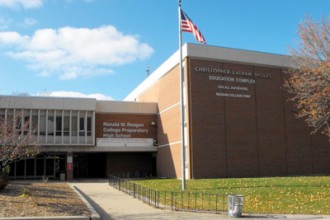In 1911, Danish-born landscape architect Jens Jensen, who left a lasting imprint on the upper Midwest, wrote of the school playground, “It belongs to the school and should not be conducted as a separate institution. Each gains from an association with the other. The playground gives the school building a setting which it too often lacks, and forms a kind of outdoor gymnasium.”
Even a century ago, Jensen understood that the schoolyard could be both an area of recreation and exercise and of learning. It could offer an outdoor classroom.
Nearly 30 years later, still pondering the relationship between schools, pupils and playgrounds, Jensen opined that, “Each school should be surrounded with a park so the boy and girl from early youth until it leaves this educational center can come in contact with the living green, the perfume and color of flowers, the refreshing shade of trees and the song of the birds.”
Green schoolyards, Jensen said, would improve the lives of more than just the school community.
“What a change there would be in the whole life of our people when this bit of native beauty could penetrate into these homes. The park areas around the schools could also be a place where mother and father could enjoy the starry evenings under the heavens and not be blinded by the electric light that hounds them from evening until dawn.”
Jensen believed schoolyards should be planted with native trees and species and that they should be open to the entire neighborhood.
I’ve been thinking about these words recently, as I’ve been noticing a trend in Milwaukee.
In recent years, I’ve written about the greening of the three-acre concrete playground at Maryland Avenue Montessori, which opened in September. On a rainy day like today, the garden was holding a lot of water, making clear it’s environmental value. Every day, it’s obvious to passersby that the green space that was once a parking lot has helped beautify the neighborhood.
Last week, I visited Fernwood Montessori in Bay View and toured the sprawling grounds with Principal John Sanchez, who showed me the school’s greenhouse and aquaponics system – funded by grants – and wandered through the stone labyrinth on the east side of the playground. That school, too, is sited on a huge concrete playground.
Today, I talked with Jeff Rainwater of the Center for Resilient Cities about their work to green the roughly four-acre schoolyard surrounding Brown Street Academy. That project, with a rain garden and underground cisterns, outdoor classrooms (Maryland uses its garden as a learning space, too), paths, grassy spaces and copious new tree plantings, is a finalist for a Neighborhood Development Innovation Award.
And these are just a few examples I’ve seen first-hand over the past week. There are other examples in Milwaukee, too. While schools face tightened budgets, parents and communities realize the truth in Jens Jensen’s words and they’re working hard to raise funds and write grants to make green schoolyards a reality across the city.
In 1938, Jensen wrote, “It is vital that every school in our large cities, the world over, should be placed in a park.”
It seems like a lofty, but very worthy goal.

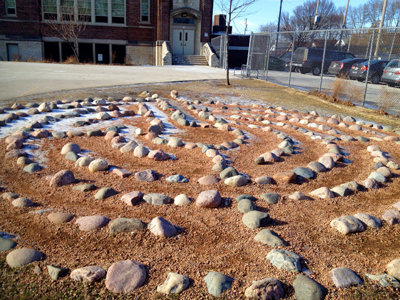
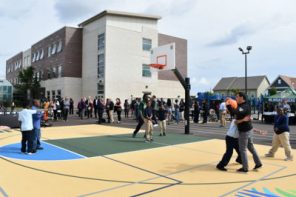 i evaluate to yes even if there's no image
i evaluate to yes even if there's no image  i evaluate to yes even if there's no image
i evaluate to yes even if there's no image  i evaluate to yes even if there's no image
i evaluate to yes even if there's no image 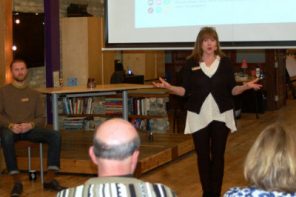 i evaluate to yes even if there's no image
i evaluate to yes even if there's no image  i evaluate to yes even if there's no image
i evaluate to yes even if there's no image 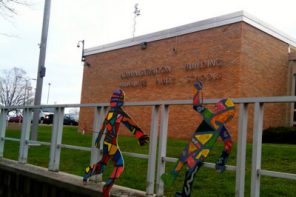 i evaluate to yes even if there's no image
i evaluate to yes even if there's no image 